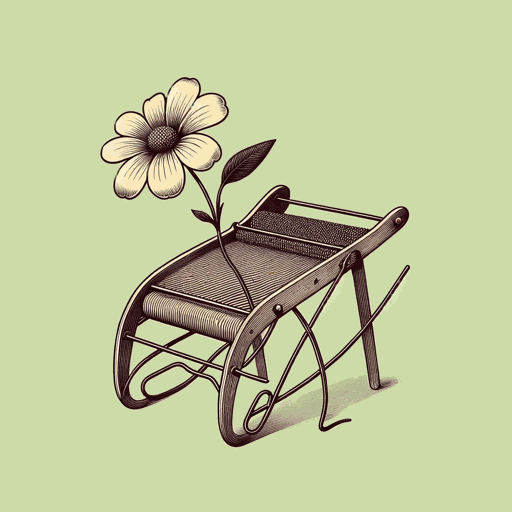46 pages • 1 hour read
Tera W. HunterTo ‘Joy My Freedom: Southern Black Women’s Lives and Labors after the Civil War
Nonfiction | Book | Adult | Published in 1997A modern alternative to SparkNotes and CliffsNotes, SuperSummary offers high-quality Study Guides with detailed chapter summaries and analysis of major themes, characters, and more.
Symbols & Motifs
The Black Body
Hunter’s history of working-class black women’s labor largely focuses on efforts by whites to control the black body. According to Hunter, the black body “is a site where a society’s ideas about race, class, gender, and sexuality are constructed to give the appearance of being mandates of nature while actually conforming to cultural ideologies” (185). In other words, seemingly straightforward efforts to regulate things like dancing, dress, hygiene, movement, and the appearance of bodies are never just about exercising dominance over working-class black women. Instead, the real issue is getting people to accept uncritically that such dominance is exactly the way things should be. In effect, contests over black bodies are contests over what black bodies are for. For white employers, black bodies are for creating profit, while for working-class women, black bodies are for self-expression, protecting their communities, joy, or even pleasure.
In Chapter 9, Hunter also explores how the bodies of black, female domestic servants came to be “metaphors for disease” (203) and “social disorder” (203). Whites projected their racial anxieties about the place of black female domestic workers, who crossed the racial boundaries of segregation by working in the homes of their white employers, onto black bodies.

